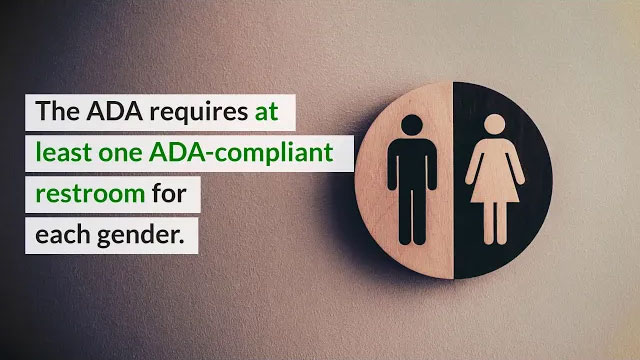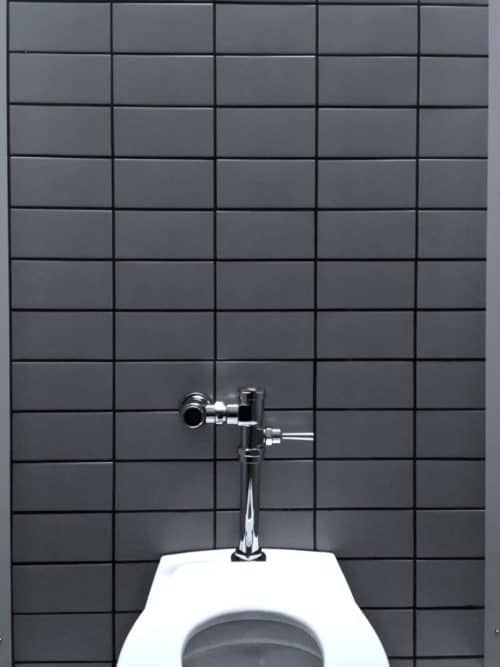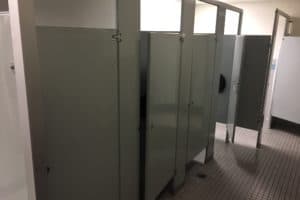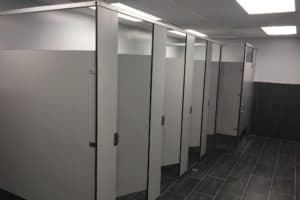 Industrial facilities must have restrooms that are compliant with the American Disabilities Act (ADA) guidelines. A unisex, disability friendly bathroom won’t be enough in most cases unless it is completely unfeasible to make existing restrooms compliant with ADA requirements—which is hard to justify in most renovations.
Industrial facilities must have restrooms that are compliant with the American Disabilities Act (ADA) guidelines. A unisex, disability friendly bathroom won’t be enough in most cases unless it is completely unfeasible to make existing restrooms compliant with ADA requirements—which is hard to justify in most renovations.
In addition, when renovating or modernizing restrooms from older buildings, smaller accessible toilet stalls are allowed only in situations where installing a larger ADA-compliant stall will cause plumbing code violations.
During any type of remodel or renovation, companies should always focus on redesigning restrooms to be functional, efficient, aesthetically appealing, and ADA compliant. This includes standardizing bathroom design across the facility and making sure each is compliant with ADA rules.
ADA Accessible Restroom: All You Need to Know
ADA requirements are fairly standard but are more stringent in some states than others. It’s important that facilities familiarize themselves with federal, state, and local ADA requirements before committing to a renovation design. The following offers general guidance for understanding the rules surrounding ADA-compliant restrooms.
What is an ADA Compliant Restroom?
An ADA accessible restroom must provide the following:
- Access to the sink that door cannot swing into
- A toilet with heights and accessible surrounding space within ADA guidelines
- Room for wheelchairs to turn within a stall. The door cannot swing into this area.
- Grab bar available and accessible.
Do Your Facility Bathrooms Need to Be ADA-Compliant?
Older buildings may be exempted from ADA compliance in their restrooms in some cases. However, the bathrooms of your facility need to become ADA accessible if the building is under construction or renovation. This is true with whether the restrooms are public use or if they are common use for two or more people but exclude the general public.
How many ADA Restrooms Are Required?
To comply with the American Disabilities Act, you must first comply with the International Building Code and Plumbing Codes to determine how many restrooms you need. The occupancy load requires 100 gross square feet per person. For example, if you have a 1,500-square-foot space, the occupancy load is 15 people.
If instead, your facility has a cluster of single-use restrooms, at least half of them must be ADA-compliant.





